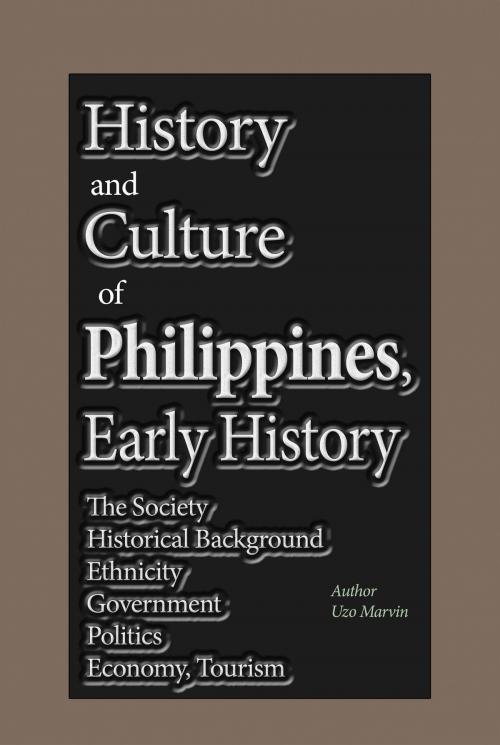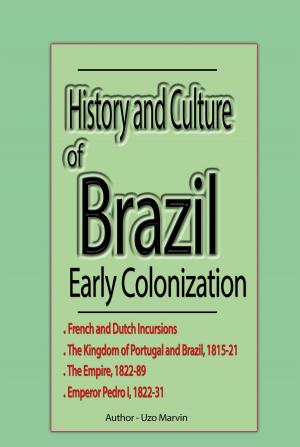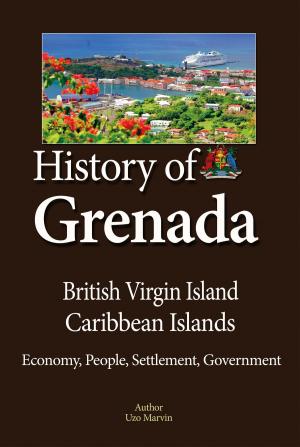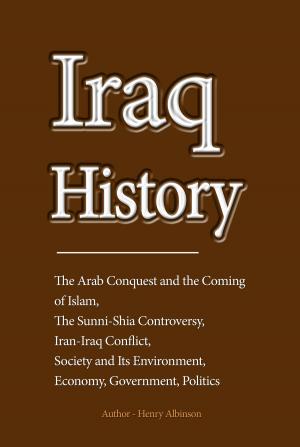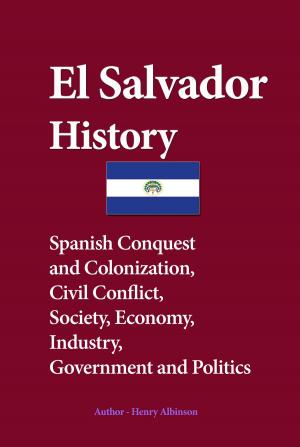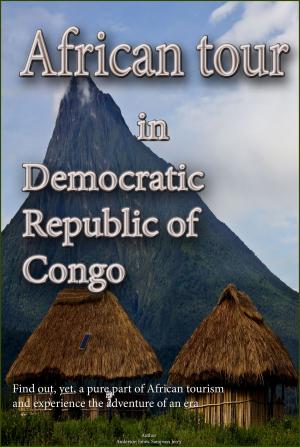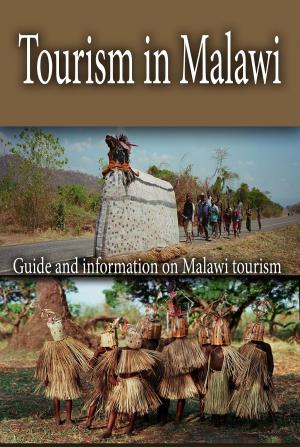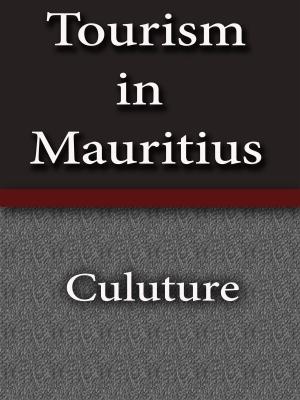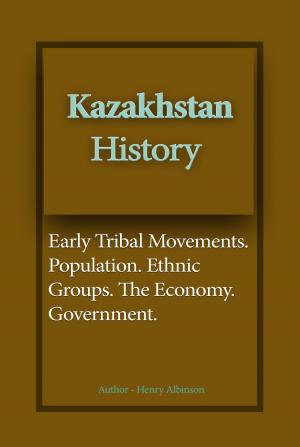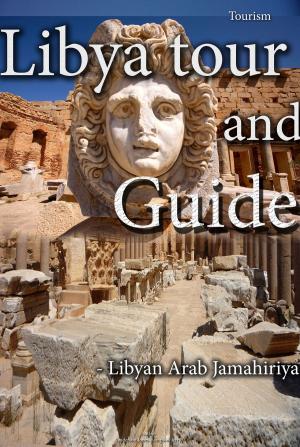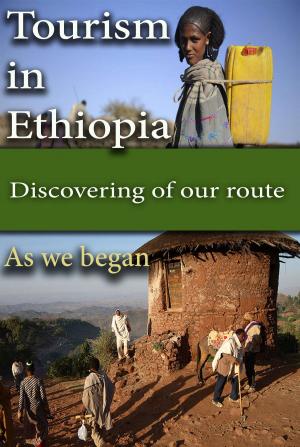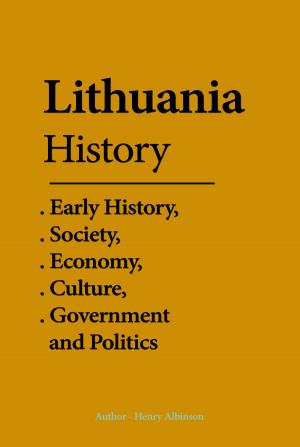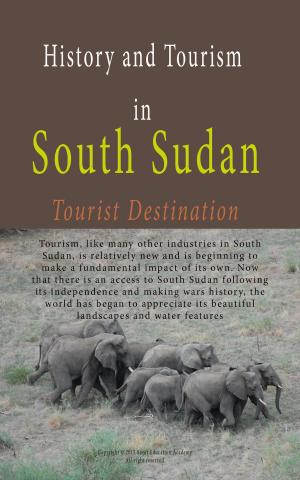History and Culture of Philippines, Early History
Nonfiction, History, Asian, Southeast Asia, Fiction & Literature, Action Suspense| Author: | Uzo Marvin | ISBN: | 9781310323539 |
| Publisher: | Sonit Education Academy | Publication: | June 29, 2016 |
| Imprint: | Smashwords Edition | Language: | English |
| Author: | Uzo Marvin |
| ISBN: | 9781310323539 |
| Publisher: | Sonit Education Academy |
| Publication: | June 29, 2016 |
| Imprint: | Smashwords Edition |
| Language: | English |
Negrito, proto-Malay, and Malay peoples were the principal peoples of the Philippine archipelago. The Negritos are believed to have migrated by land bridges some 30,000 years ago, during the last glacial period. Later migrations were by water and took place over several thousand years in repeated movements before and after the start of the Christian era.
The social and political organization of the population in the widely scattered islands evolved into a generally common pattern. Only the permanent-field rice farmers of northern Luzon had any concept of territoriality. The basic unit of settlement was the barangay, originally a kinship group headed by a datu (chief). Within the barangay, the broad social divisions consisted of nobles, including the datu; freemen; and a group described before the Spanish period as dependents. Dependents included several categories with differing status: landless agricultural workers; those who had lost freeman status because of indebtedness or punishment for crime; and slaves, most of whom appear to have been war captives, In this book , the entire information on Philippine, Government, Politics, Economy People, tourism, you will get to know everything you ever need on Philippine
Negrito, proto-Malay, and Malay peoples were the principal peoples of the Philippine archipelago. The Negritos are believed to have migrated by land bridges some 30,000 years ago, during the last glacial period. Later migrations were by water and took place over several thousand years in repeated movements before and after the start of the Christian era.
The social and political organization of the population in the widely scattered islands evolved into a generally common pattern. Only the permanent-field rice farmers of northern Luzon had any concept of territoriality. The basic unit of settlement was the barangay, originally a kinship group headed by a datu (chief). Within the barangay, the broad social divisions consisted of nobles, including the datu; freemen; and a group described before the Spanish period as dependents. Dependents included several categories with differing status: landless agricultural workers; those who had lost freeman status because of indebtedness or punishment for crime; and slaves, most of whom appear to have been war captives, In this book , the entire information on Philippine, Government, Politics, Economy People, tourism, you will get to know everything you ever need on Philippine
